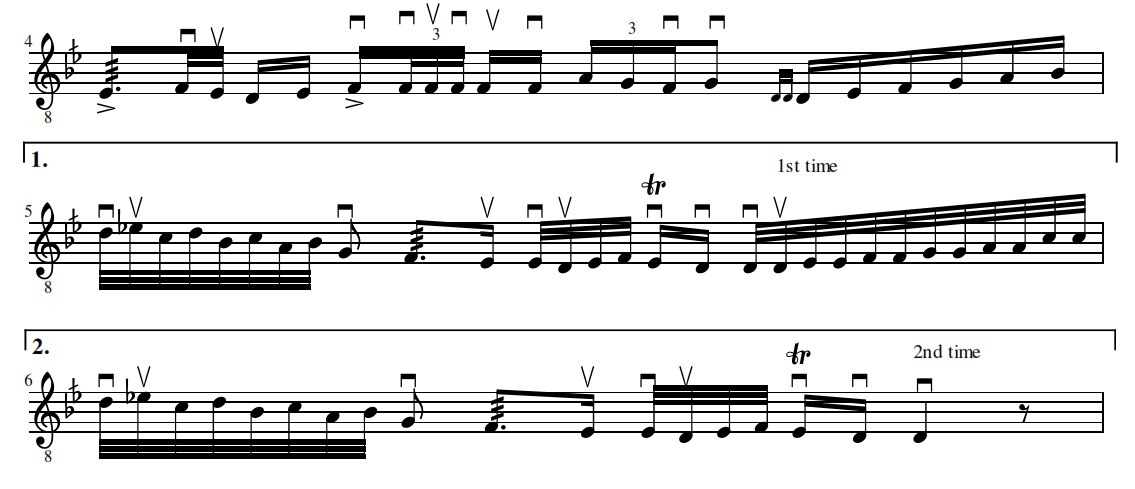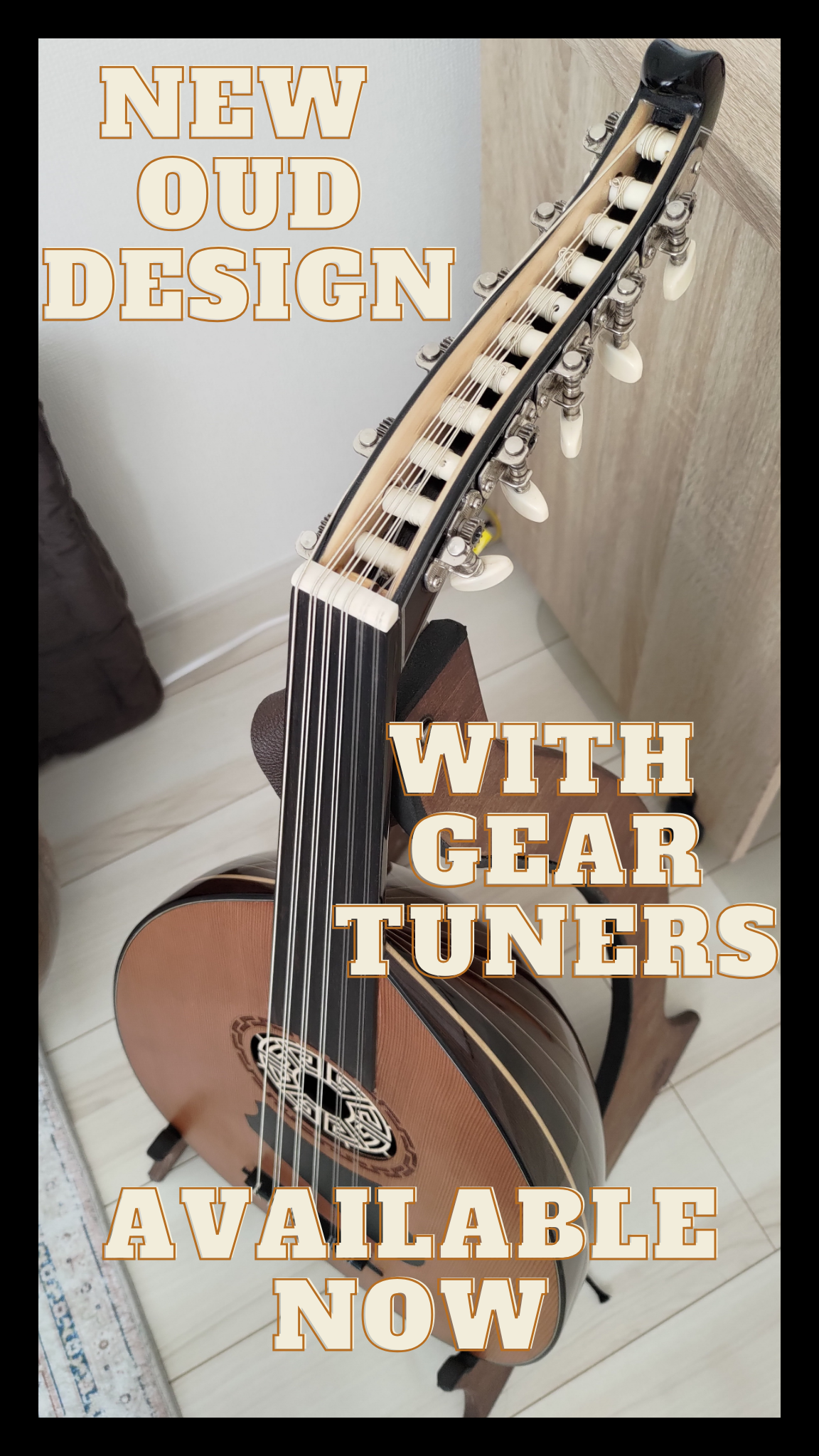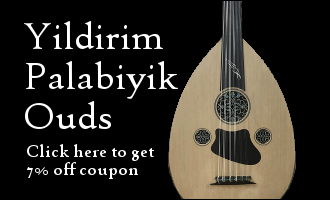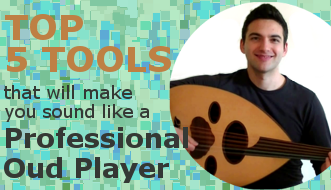This article is going to finish up our Samai Bayati Al Aryan free oud lessons. After watching this week’s video you’ve learned quite a bit of this piece.
Watch out for the teslim… the teslim is played twice. The first time you play the teslim through the last three beats will join it up to the beginning of the teslim because it’s repeated. The second time you play the teslim it will conclude on the root of the maqam. In this case, it’s Maqam Bayati.
Maqam Bayati is heard very often in all middle eastern music. In Persian music it exists as well, it is called Dastgah-he Abu-Atta, or Avaze Abu-Atta.
If you’re itching to learn the rest of the teslim, the video is right below.
Oh yes… of course… notation!

Samai Instrumentals Don’t Stick to Just One Maqam
Samai instrumental pieces don’t just stay in one maqam the whole time. The first hane and the teslim will be in the maqam for which it is named… (Samai Bayati, Samai Nahawand… etc). Then the second hane will be in a different maqam, a slight deviation from the original maqam, or a specific melodic development within the original maqam. A modulation will occur. This is one way to learn how to make modulations, by listening to Samai instrumental pieces and copying the modulation.
What’s Next?
Want to know what song you’re going to learn next?
Be the first to see by signing up below 😉





